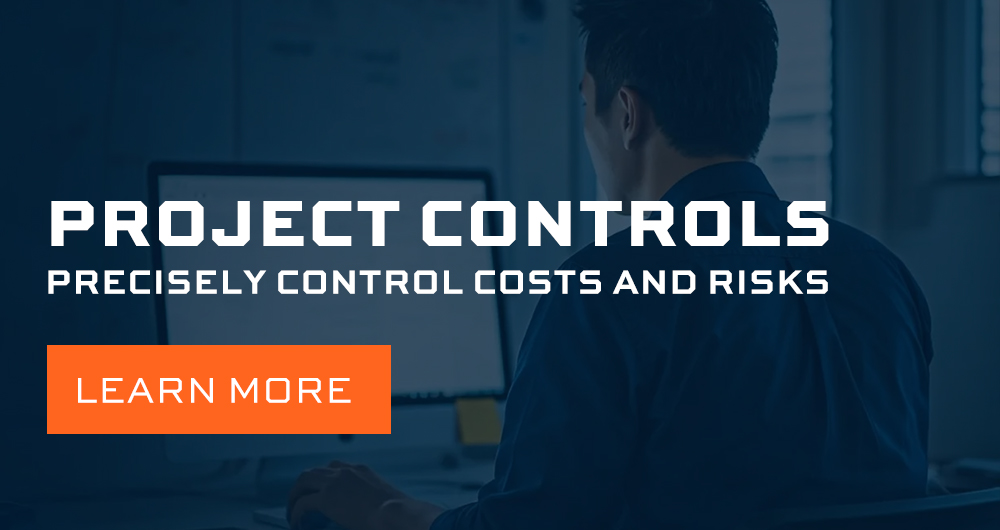The craftspeople have left the job site for the last time, and the project has been closed out. Are you absolutely confident that everything within that structure — HVAC, fire safety, electrical, etc. — is well-fitted, sufficiently evaluated and functioning like a well-oiled machine now that it’s been turned over to the building owner? If not, it could be due to an inefficient commissioning process — particularly if you’re relying on a paper-based system, a computer spreadsheet program, or both. That alone is a good reason to invest in building commissioning software. But how can you tell if you really need it? Here are some things to think about.
What is building commissioning software?
Building commissioning software, often cloud-based, is a solution dedicated to streamlining the critical process of ensuring optimal functioning of systems and equipment that will keep the building humming along according to the owner’s project requirements — from pre-build design all the way to post-build maintenance and future alterations. It introduces vastly improved accuracy and quality control to a process that has for years been riddled with inefficiencies.
Why is it important?
Coordinates testing, improves workflows. Larger projects have multiple phases going on at any given moment, each in various stages of development. Each phase may involve dozens of systems, numerous pieces of equipment installed within them, and what seems like countless tests being conducted. Commissioning software helps you coordinate and record all testing and calculations — much faster and more accurately than with paper or spreadsheet methods. It also improves tracking the progress of the simultaneous workflows for these phases to keep the entire project moving smoothly.
Promotes collaboration. No single defect or issue ever takes just one person to resolve. It may require input and action from any combination of project managers, designers, architects, engineers, contractors, reviewers and specific craftspeople. Building commissioning software fosters collaborative issue resolution more efficiently and in real time within a single platform that all parties can access from anywhere.
Monitors and controls system efficiency. How well the building functions, or not, has a direct impact on the comfort and productivity levels of tenants, and on their business success. You’ve no doubt been in offices that are uncomfortably hot or cold, where lighting is too bright or too dim) , or indoor air quality triggers allergies or breathing problems. Employees can often find it difficult to focus, which can impact how effectively they do their jobs. Likewise, tenants that welcome the public on-site (such as retail or restaurants) may find that if customers are subjected to similar conditions, they could be less likely to return.
Commissioning software features help you monitor and control these systems remotely. So, you can detect deficiencies during testing and determine a cause for a quicker, pinpointed adjustment. Receive malfunction alerts in real-time. Keep tabs via performance dashboards so you can ensure everything is functioning optimally. You’ll head off costly maintenance and repairs, and tenants and their customers will be much happier.
These capabilities also streamline the way structures “go green” — and stay green. Just think about how commissioning has evolved. It’s been driven in one respect by efficiencies in cost and energy usage (especially with equipment and systems being manufactured to be more usage-friendly and deliver more post-build ROI, and in another by the movement toward more sustainably built and managed buildings.
What are the consequences of not adopting building commissioning software?
- Manual data entry and calculations will continue to consume valuable time and risk errors — a hindrance when you’re working against a tight timeline.
- For massive projects in particular, documenting all equipment information and testing will remain a challenge/
- You may miss opportunities to integrate with other technologies, such as building information modeling (BIM), that can increase performance and accuracy.
- Insufficient documentation, testing and monitoring of a structure’s systems can lead to costly repairs, retrofitting or rework conducted during the build.
- As competitors adopt the software, it could cost you future business.
The bottom line — you may need it if:
- Your company tends to work with substantial structures, those with a high degree of complexity or capital projects.
- Post-build facilities management and maintenance costs have been high, which could indicate glitches in the inspection and testing process.
- You’ve been called back for rework and repairs on multiple occasions and/or on multiple projects, chipping away at your ROI on those projects and risking damage to your company’s reputation.
- You’d like to increase your odds of winning bids with new clients and doing repeat work for past clients by showing you want to optimize the entire commissioning process, so the building is easier to manage once handoff is complete.
The right software can boost efficiency, accuracy and confidence in your commissioning process. Of course, you’ll get the most benefit from it if everyone knows how to use it properly. Find out what to look for when buying building commissioning software. One option to consider is InEight’s commissioning software that helps you stay on top of all inspection, testing and compliance requirements for a smooth turnover. We’re happy to share details about all it enables you to do and walk you through an InEight demo.




